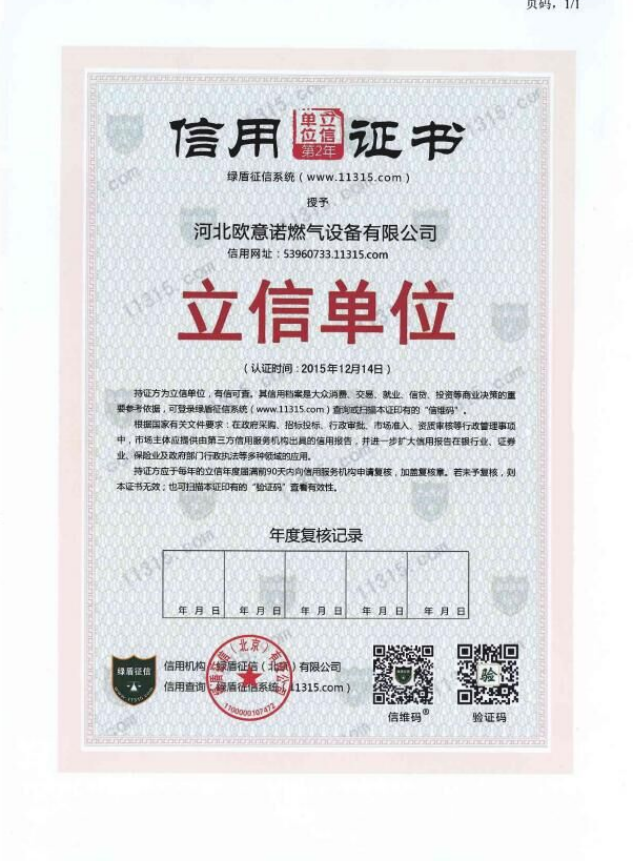
Nov . 27, 2024 10:37
Back to list
Safety Valve Pressure Relief System for Enhanced Operational Security
Understanding Safety Relief Valves An Essential Component for Industrial Safety
In the realm of industrial safety and engineering, safety relief valves play a critical role in maintaining the integrity of pressurized systems. These safety devices are designed to prevent the build-up of excess pressure within vessels, pipelines, and various types of equipment. Without effective safety measures in place, such systems can become hazardous, posing risks not only to equipment but also to the safety of personnel and the environment.
What is a Safety Relief Valve?
A safety relief valve (SRV) is a mechanical device that automatically releases pressure from a system when it exceeds a predetermined level. It serves as a safety mechanism, allowing for the controlled release of pressure to avoid catastrophic failures, such as explosions or equipment ruptures. These valves can operate in various applications, including chemicals, oil and gas, power generation, and many other industries where pressurized systems are prevalent.
How Does it Work?
The operation of a safety relief valve is relatively straightforward. It is typically installed on the top of pressure vessels or pipelines. When the pressure in the system reaches the set pressure point, the valve opens, allowing excess pressure to escape. This action reduces pressure within the system and prevents potential accidents. Once the pressure falls back to a safe level, the valve closes automatically.
Safety relief valves can be categorized into two main types spring-loaded and pilot-operated. Spring-loaded valves use a spring mechanism to hold the valve closed against system pressure, while pilot-operated valves use a small control pressure to manage the larger flow of the medium being released.
.
Choosing the appropriate safety relief valve for a specific application is crucial. Factors to consider include the type of fluid (gas or liquid), temperature, pressure range, and the specific industry standards or regulations that may apply. Manufacturers must ensure that the selected valve meets the American Society of Mechanical Engineers (ASME) standards and is appropriately sized for the application.
صمام تنفيس الأمان

A safety relief valve that is too large may lead to unnecessary pressure drops and increased release of product, while one that is too small may not adequately protect the system, leading to dangerous pressure build-up. Additionally, regular maintenance and testing of these valves are vital to ensure they function correctly when needed.
Regulatory Considerations
Safety relief valves are often subject to stringent regulatory requirements. In many countries, including the United States, industries must comply with safety standards set forth by organizations such as the Occupational Safety and Health Administration (OSHA) and the National Fire Protection Association (NFPA). Regular inspections and certifications ensure that safety relief valves are in good working order.
Increasing Safety Standards and Innovations
As industries evolve, so do the technologies associated with safety relief valves. Innovations such as digital monitoring systems and smart valves are being integrated into modern industrial practices. These advancements enable real-time data collection and analysis, providing insights into valve performance and preemptively identifying potential issues.
Furthermore, as industries continue to focus on sustainability and efficiency, the design of safety relief valves has also adapted. Efforts to minimize the environmental impact of vented gases and fluids have resulted in the development of environmentally friendly valve options that reduce emissions.
Conclusion
In conclusion, safety relief valves are indispensable components in the realm of industrial safety, playing a pivotal role in protecting systems and ensuring the safety of personnel and the environment. Understanding their function, proper selection, regulatory compliance, and ongoing innovations is essential for any industry that relies on pressurized systems. As technology progresses and safety standards continue to evolve, the validity and efficacy of safety relief valves will undoubtedly remain at the forefront of industrial safety strategies, ensuring that operations run smoothly and safely.
Latest news
-
Safety Valve Spring-Loaded Design Overpressure ProtectionNewsJul.25,2025
-
Precision Voltage Regulator AC5 Accuracy Grade PerformanceNewsJul.25,2025
-
Natural Gas Pressure Regulating Skid Industrial Pipeline ApplicationsNewsJul.25,2025
-
Natural Gas Filter Stainless Steel Mesh Element DesignNewsJul.25,2025
-
Gas Pressure Regulator Valve Direct-Acting Spring-Loaded DesignNewsJul.25,2025
-
Decompression Equipment Multi-Stage Heat Exchange System DesignNewsJul.25,2025

